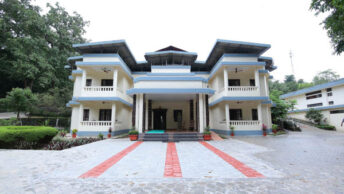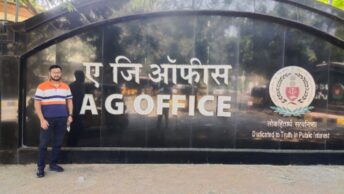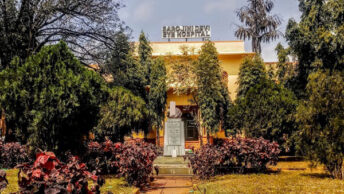Nagarjuna Sagar, 160 km south-east of Hyderabad on the Krishna River, was one of the largest and most important Buddhist centres in southern India from the 2nd century BC until the 3rd century AD.
Known in those days as Vijayapur, Nagarjunakonda takes its present name from Nagarjuna, one of the most revered Buddhist monks, who governed the sangha for nearly 60 years around the turn of the 2nd century AD. The Madhyamika School he founded attracted students from as far afield as Sri Lanka and China.
The site was discovered in the year 1926. Subsequent excavations, particularly in the 50s or 60s, have unearthed the remains of stupas, viharas, chaityas and mandapas, as well as some outstanding examples of white marble carvings and sculptures depicting the life of the Buddha.
These finds were taken to an island following the decision to flood this entire area to build the Nagarjuna Sagar. This dam is touted as one of the largest masonry Constructions in the world and India claims that it will create the world’s third-largest artificial lake.
Boating at Sagar is one such great experience that is a major attraction for tourists. There are number of motor boats operating between Sagar to Nagarjuna Konda. A one way journey takes about 30 to 40 minutes and you can spend alot more time discovering the island and the museum from the era of Buddhists.
The easiest way to visit Nagarjuna Sagar dam and Nagarjuna Konda is to take the bus from Hyderabad. You can visits to the
- Nagarjuna Konda Museum (closed Fridays)
- Pylon (an engraved granite monolith from the Buddhist period)
- Anupu
- Nagarjuna Sagar
- Ethiopothala Waterfalls
- Working model of the dam
Nagarjuna Sagar project that caters to the electricity needs of the farmer. There is historical evidence that Acharya Nagarjunas taught the philosophies on Nagarjuna hill. The dam is located in the Nallamala forest area of Nalgonda district, about 160 km from Hyderabad. Initially, there were Satavahanas in this area.
The Nagarjunasagar Dam is the world’s largest man-made dam. The construction of the dam on the Krishna River began in 1955 and ended in 1967. The reservoir can store 11,472 million cubic meters of water. The height of the dam is 490 feet. Length 1.6 km. It has a total of 26 gates.
The statue of Buddha is impressive. The reservoir has preserved the ruins of some of the precious historical structures found during the construction of the reservoir. The island museum is one of the rarest in the world. The remains of the tooth, known as the Buddha, are found in Karnabharana. One has to travel by boat from Nagarjuna Sagar.
In rainy season the place will be crowded with visitors. When the reservoir is filled, the dam will lift 26 gates at once. Two eyes are not enough to see this beautiful scenery. Visitors are thrilled to the water jet that surrounds the Milky Way.
Accommodation: Haritha Vijay Vihar Hotel (Near Dam)







